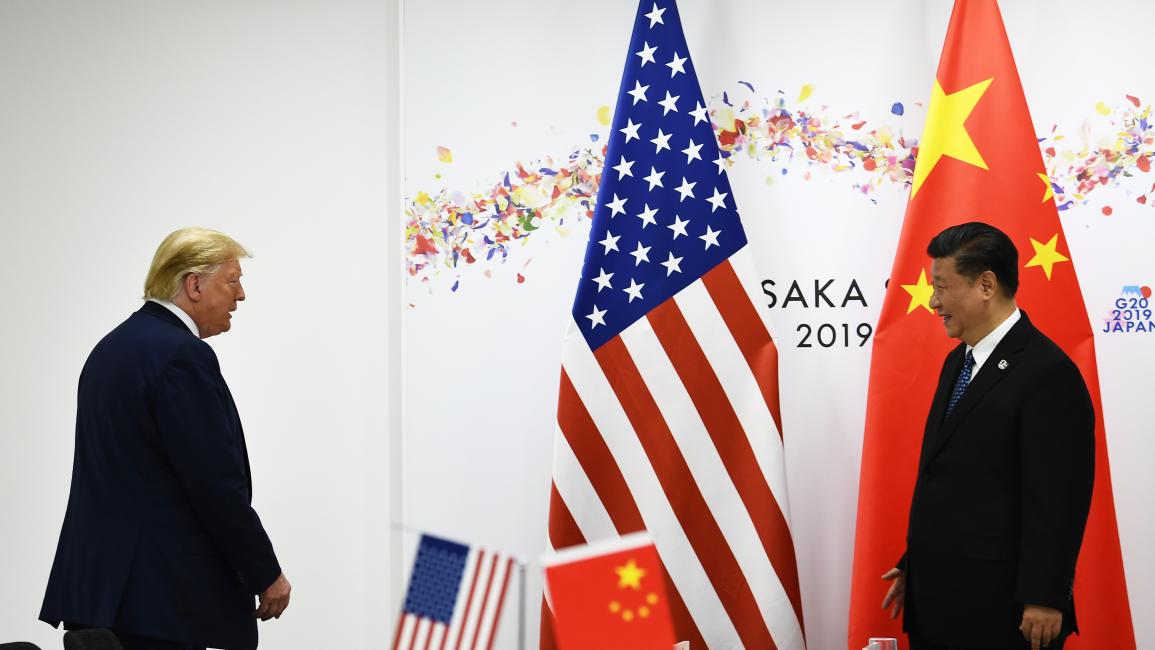U.S. Labor Market Shows Strength as Weekly Jobless Claims Fall to Three‑Month Low

Recent Labor Department data revealed that weekly jobless claims dropped to 217,000 for the week ending July 19 — the lowest level in three months. Analysts see this as evidence the U.S. labor market remains resilient, even amid trade uncertainties and inflation pressures. Outlets like Reuters, Bloomberg, and CNBC emphasize that durable employment figures support the case for the Federal Reserve to keep interest rates steady — despite political pressure from Donald Trump and concerns about slowing growth.
Labor Market Shows Surprising Resilience
According to Reuters, this week’s 217,000 claims exceeded expectations, reversing a brief rise in layoffs. Notably, large declines came from states such as New York, California, Michigan, and Pennsylvania — while continued claims rose slightly to around 1.955 million, signaling longer durations for some jobless workers.
Economists tell Bloomberg that steady claims reflect stable employment trends, even as new job creation slows. They warn that slowing job growth may not yet indicate recession unless the trend continues.
Why the Fed Is Watching Closely
The Federal Reserve’s next policy meeting (July 29–30) arrives in this context. With inflation still above target, many experts expect interest rates to stay between 4.25% and 4.50%.
However, pressure is mounting from Republican-appointed governors such as Michelle Bowman and Chris Waller, who wrote op-eds calling for rate cuts to ease borrowing costs for American households and businesses. This political tension, discussed on networks like Fox, highlights the challenge Jerome Powell faces balancing data-driven decisions with commentary from the administration.
Economists cited in Reuters warn that repeated political interference could erode confidence in the Fed’s independence. Still, most forecast no rate cuts until September — if inflation moderates.
Broader Economic Signals
In parallel reporting, S&P Global’s flash PMI shows the economy’s services sector gained momentum, while manufacturing output contracted, pointing to uneven growth across sectors.
Reuters and Bloomberg highlight tariff-related cost pressures pushing input and consumer prices higher. This elevates concern about potential spillover into inflation, complicating the Fed’s judgment.
Markets appear sensitive: investors assess employment trends, inflation data, and upcoming GDP figures in real time, weighing whether the U.S. can sustain its current recovery without overheating.
Trump’s Tariff Politics and Fiscal Pressures
At the same time, Donald Trump’s aggressive trade policies and fiscal decisions are stirring debate. A recent Reuters poll found economists see a 45% chance of recession if tariffs continue escalating. Trump’s “Liberation Day” tariffs package and $3.4 trillion deficit spending plan have triggered warnings from both domestic institutions and the IMF.
Critics argue that ongoing tariff moves could undermine business confidence, limit capital investments, and weaken employment gains — all pressure points heading into the Fed’s critical meeting.
Consumer Sentiment Holds Steady—But for How Long?
According to the University of Michigan’s July consumer survey, sentiment ticked up slightly (61.8 versus 60.7 in June), but expectations of inflation over the next year remained relatively high.
Consumers continue to cite inflation as their top concern, even as wage growth keeps pace slowly. That hesitation reflects caution amid mixed economic signals: resilient jobs and spending meet continued price shocks and geopolitical unpredictability.
Market Reaction: Calm Ahead of Storm?
Equity markets showed modest gains last week, with the S&P 500 and Nasdaq hitting new highs. Reuters reports investors are betting that major tariff deadlines (August 1 for EU/Canada/Mexico and August 12 for China) may ultimately result in compromise rather than confrontation.
Still, risk premiums remain elevated. Oil prices fell to three-week lows amid uncertainty over demand from the U.S. and China—signaling broader concerns about global growth.
Voices from Policymakers and Economists
Experts from Columbia University and major think tanks emphasize that central bank credibility is critical. “The Fed’s independence is our economic anchor,” said one academic. Others warn that deviation from data-driven policy to political messaging could damage long-run inflation control.
Meanwhile, financial commentators like jessewatters and greggutfeld on Fox amplify populist critiques of high rates, reflecting a broader struggle over monetary policy’s role in public debate.
What Comes Next
The Federal Reserve meets on July 29–30, followed by Chair Powell’s press briefing.
-
Key data releases include Q2 GDP, PCE inflation figures, and the July jobs report — all pivotal to rate direction.
-
Political debate over trade tariffs and deficit spending continues in Washington, influencing investor sentiment.
-
Federal Reserve credibility may come under increased scrutiny if political appointees diverge from committee consensus.
The latest jobless claims data reinforces labor market strength despite cost pressures and tariff uncertainty. For now, the Fed appears poised to hold rates, prioritizing stability over responding to political pressure.
Yet, as economists warn, rising tension around monetary policy and fiscal strain could cast a shadow over the gains made. National resilience may depend less on headlines and more on institutional faith in long-term governance




